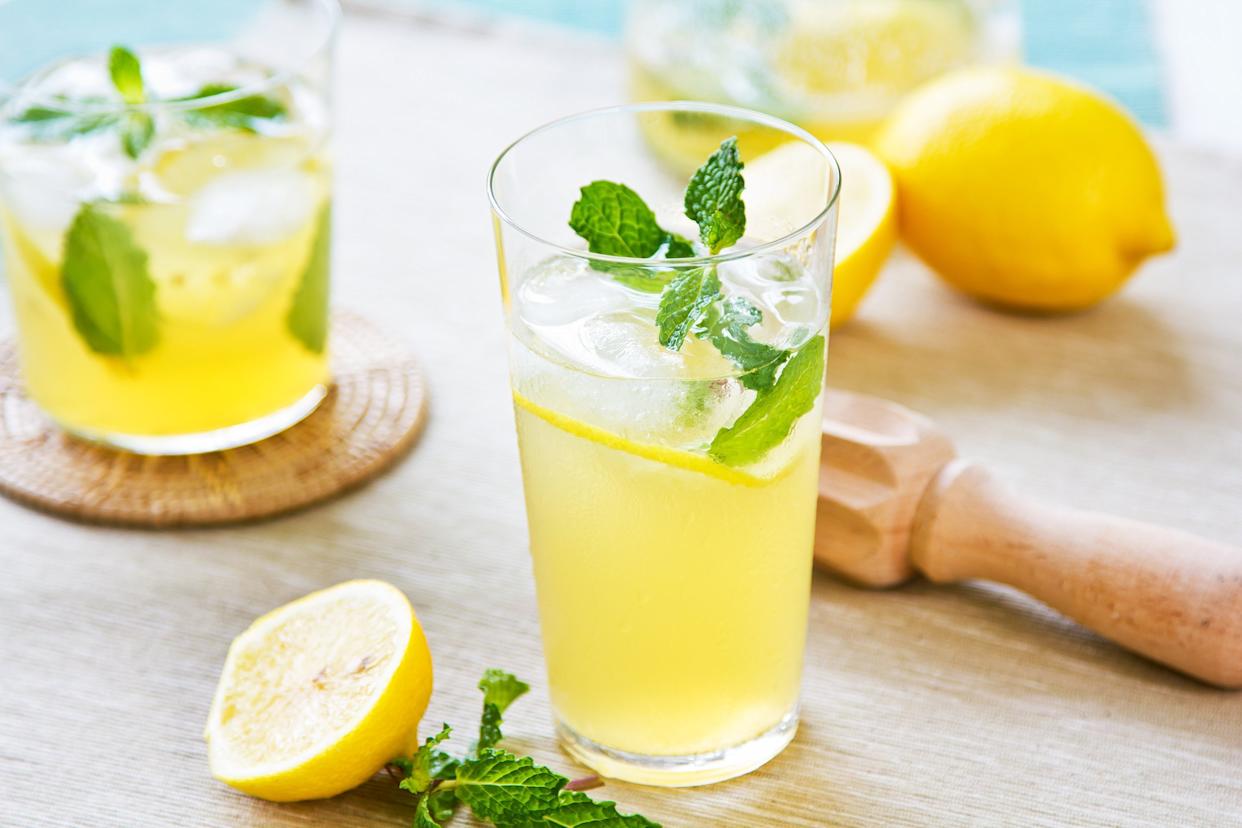The experts say matcha is here to stay. So what does this mean for cafes? – hospitality
It’s the green drink that is still a foreign concept for some, sometimes even for those tasked with making it. Matcha — the Japanese green tea leaf finely ground into a vibrant powder that’s known for its abundant antioxidants. Traditionally, that powder is whisked into a drink to be used in Japanese tea ceremonies, often as part of a meditative practice, since as early as the 12th century. But now, caffeinated matcha lattes are dominating Australian café menus, and the umami ingredient is also being used to elevate desserts, dishes, cocktails, and even to dye other foods.
More Director Jerome Manion would know. He talks to Hospitality having just finished moving into the business into a new warehouse — one that is solely for matcha. Manion says the hospitality industry has been looking at matcha as if it is a trend. But it goes deeper than that. In fact, he thinks it’s time to stop calling it a trend at all.
“It’s time to wake up and realise that matcha is not just a trend and start focusing on what this product is and what its impact is on your business,” Manion says. “When you find a good matcha, you know exactly where that is, and you’ll go back again.”
Manion operates two cafes in Rosebery and Burraneer. The brand is famed for its matcha on tap, which has led to more than a few viral moments, but its journey to this point goes far deeper than that.
“We’ve been experimenting and playing around with matcha really, really strongly over the last few years,” says Manion. “We opened More Rosebery about a year and a half ago, and that was purely an experiment to see and engage with customers from a drinks experience, more so than your standard café.”
Turns out focusing on matcha paid off, because it’s “absolutely blown up”, and it’s only getting bigger.
“It’s really interesting because I think the demographic is young, but then I think matcha is a lot more approachable for a younger generation. But that’s just going to carry through,” he says. “We’ve been asking, how do we deliver this product to customers that don’t know anything about at this stage?”
Innovation
Enter More Matcha — a one litre matcha concentrate in three different styles that Manion says is consistent, high quality, and ready to use straight away. It’s a system that works because it’s easy for baristas to work with, says Manion. All they need to do is take the concentrate and add milk, whereas usually, a barista needs to weigh out the powder, put it through a sieve, and use a bamboo whisk to prepare it — which can be time intensive in a busy cafe. “Now we’re in the process of working with over 60 customers around Australia,” he says.
“We’re on this beautiful education path and supporting program with these businesses that six months ago had no idea what it was,” he says. “It all comes back down to the education side of things and people’s knowledge around it. That’s what we’re trying to pioneer. Matcha is not just a green drink on your menu, there’s so much more depth to the product.”
He says his passion lies not only in introducing the product into different cafes, but being able to educate operators and baristas on how to use the concentrate and therefore matcha properly, so that the best possible product comes out as a result. That education is important, Manion says, because it can go wrong.
“When it’s bad, it obviously reflects badly on your operation,” he says. “You don’t get returning customers. So, yes, it’s super important not to treat matcha like an afterthought.”
Learning the trade
Single O Senior Trainer Richard Brooks is seeing the importance of quality matcha first-hand. For Brooks, the matcha world is something he has been dropped into after the team decided it was something they wanted to launch wholesale.
He’s been tasked with working out what customers want from the product. The result? A lot of whisking, green fingertips, and finding himself “on the cusp” of developing repetitive strain injury as the Single O team took the time to blind taste different matcha. The straining was necessary, because Single O needed to give the product the same attention they would give to any of their coffee products.
“I knew absolutely nothing about matcha. I think I tasted it once, and probably like most Australian’s haven’t had the greatest experience. It can be bitter, or chalky, or astringent, or not very well balanced or tasty,” says Brooks. “I set about working out what’s the nuance in there? What are the parallels in matcha to what I know about coffee? I saw a whole lot of parallels with the coffee world, whether that’s the flavour nuances or how quality at a production level translates to a much better product in the cup.”
With coffee, Brooks says they typically do a pre-production valuation on the upcoming origins, and spend the whole day tasing it, looking at data and evaluating that, and making sure customers can use their products as soon as they order their first bag.
“We want customers to have that same experience when it came to matcha as well,” he says. “Making sure that first of all, the product tastes great, but also that they’re comfortable using that product and showcasing it well to their customers. Because it’s a trend that popped up years ago and now it’s sticking around and seems to be here to stay. It seems to be the next wave in this specialty world, I think.”
He thinks they’ve landed on a great tasting product that their wholesale network is also going to enjoy, which they plan to roll out in the coming weeks. Like two of the Matcha More concentrates, the Single O product comes with the ‘ceremonial-grade’ tagline. Brooks says this is a “bit of a westernised thing”, though what it speaks to is the product being of the highest quality they can source, which is the first pick of the tea leaves which are restricted from getting too much sunlight.
“It’s drawing more nutrients from the ground, and it’s maintaining that green, vibrant colour when it comes to being picked,” he says. “It’s the highest quality matcha powder that we could get hold of in order to give the customer more control of how to brew in the matcha. Whether they want to add sweetener or not, whether they want it strong or weak — now people have the control to do that.”
While it might seem obvious, when it’s made well, it tastes good, Brooks says. They’re even seeing that firsthand within the Single O team.
“If it’s whisked well, the right temperature, the right ratio of matcha, to milk or ice, it’s going to showcase a whole lot better,” he says. “All the die hard ‘I hate matcha drinkers’ around the office at Single O, once we perfected our recipe, once we settled on a product, they’ve had that first sip and their eyes go wide and they’re like, ‘Oh, it’s actually pretty good’.”
This story was originally published in the September-October edition of Hospitality magazine.
Photography provided by Single O.
Share this article:











